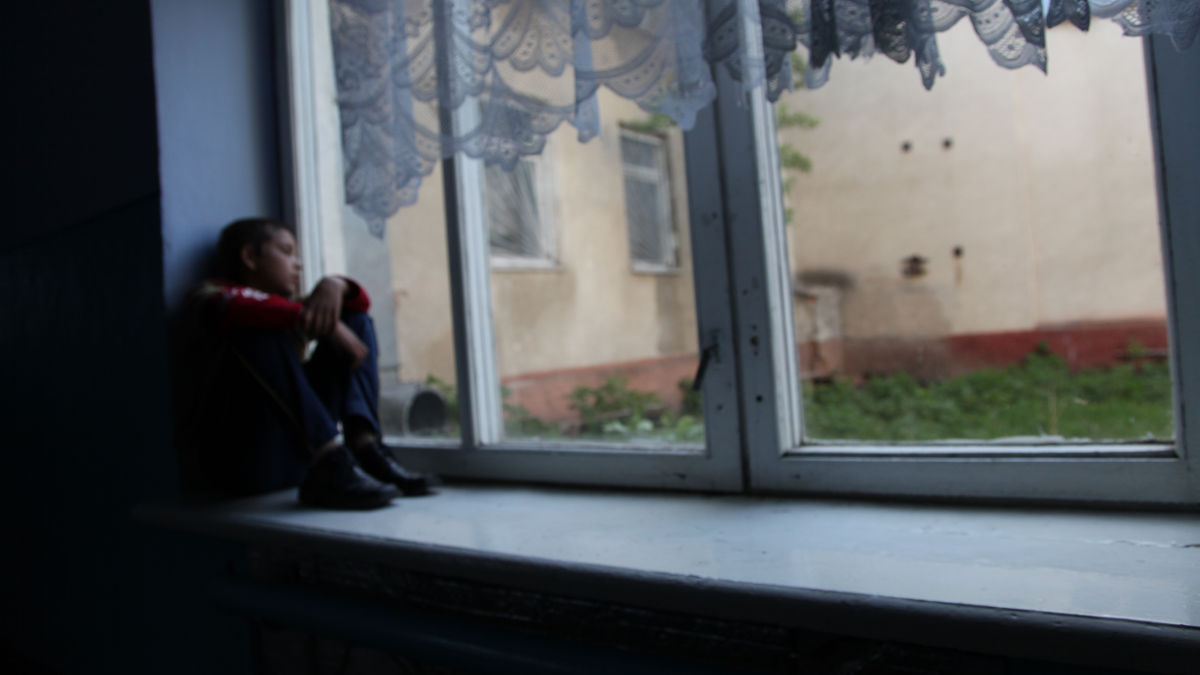Home What we do News & Stories Learning lessons from the past to tackle modern day orphanage myth
Learning lessons from the past to tackle modern day orphanage myth
11.09.2017

In 2001, together with representatives from the European Commission, I made an unannounced visit to an orphanage in Romania.
It was situated in a town where most industry had closed following the collapse of communism: the orphanage was the last major employer. Conditions were terrible, with insufficient food, poor hygiene and only three members of staff on duty ‘caring’ for 170 children the day we arrived. Two of the staff were drunk. They depended on older children to maintain discipline among the little ones.
The children had the classic orphanage look – stressed frowns on their faces; wariness of everyone around them; many struggled to make eye contact; some stood against the wall, trying to make themselves as small and invisible as possible. One five-year-old girl caught my eye. She would not make eye contact with me, yet was completely passive as I took her hand – I could have led her anywhere and she would have followed. She was clearly suffering severe trauma and I asked other children what was wrong. An older girl told me “she saw her sister die. She’s buried in the grounds over there”.
Later, when we had reunited this little girl with her two brothers in a foster family, she started to recover and began to open up about the violence her four-year-old sister experienced: “I had a little sister, Maria, and one night she wet the bed. An eighteen-year-old murderer who lived in our bedroom began to beat her. She beat her so hard, Maria fell down and couldn’t wake up. So they took her to the nurse. And she still couldn’t wake up. So they took her to the grave.”
Over the past 20 years I have encountered the burial of children in the grounds of institutions in four countries. So the mass grave discovered in Tuam, Ireland, came as no surprise. And now, in Scotland, it appears another former institution is giving up its secrets, as another mass grave is discovered nearby. Initial research suggests the mortality rates in the orphanage were, at various periods in history, three times higher than the Scottish average. A system set up to care for children, allegedly rescuing them from poverty and abuse, was much more likely to result in death.
Today, in orphanages all over the world, incidence of abuse is much higher than in families. Once behind the walls, few in the community ever see what is happening to the children. Yet still we cling to the myth of orphanages rescuing children; we fund orphanages in developing countries; young people flock to volunteer in them. It is time we began to learn from our own histories. The stories of abuse, neglect and avoidable death of children in Scotland and Ireland should remind us the only way truly to protect children is to build systems of care and support based in the community, providing loving, nurturing families for all children.
Author: Georgette Mulheir, Lumos CEO

